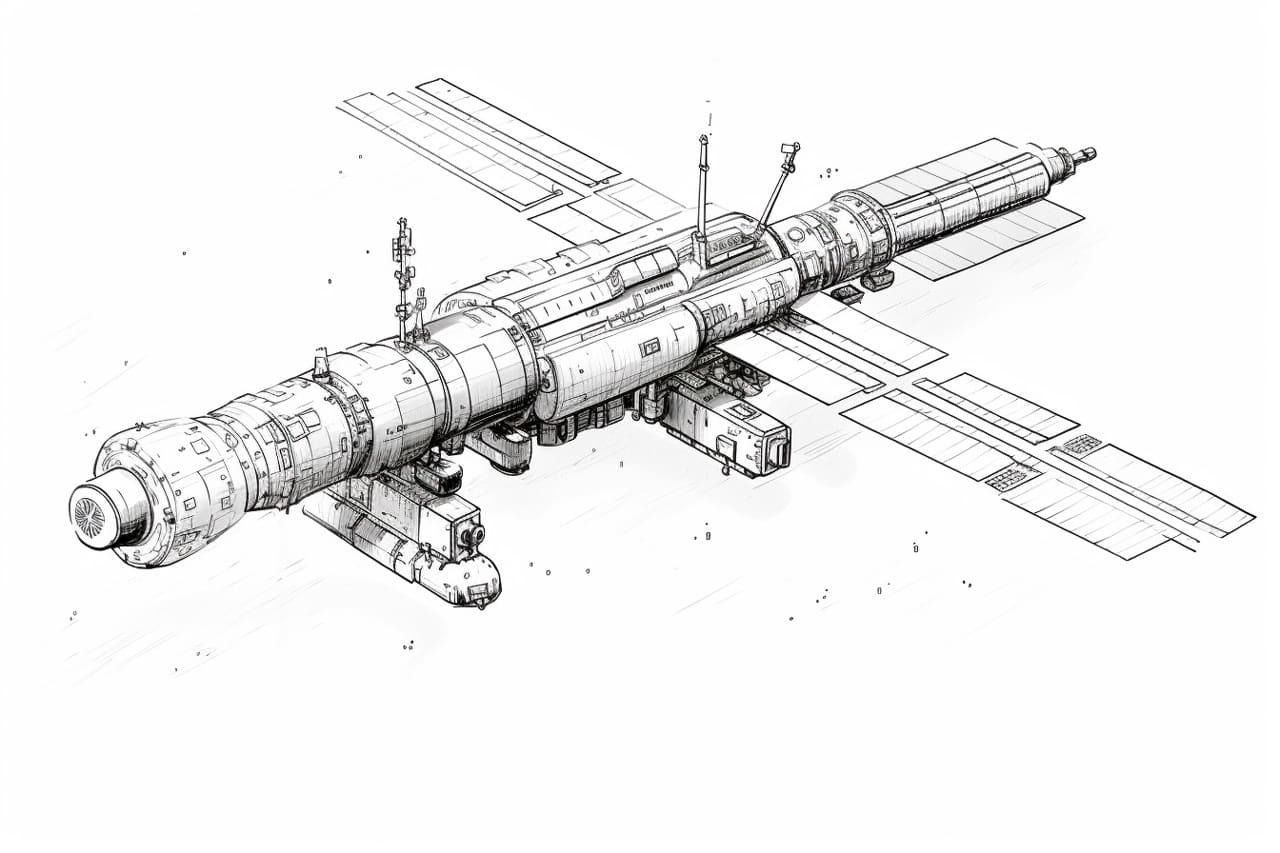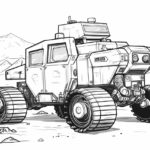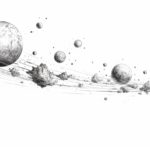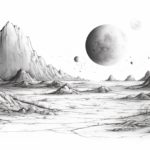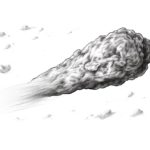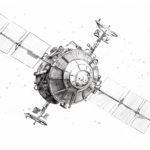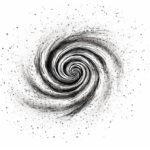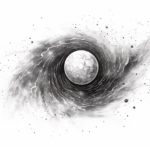Drawing a Space Station can be an exciting and challenging endeavor, as you delve into the fascinating world of outer space exploration and futuristic technology. Imagine the vast expanse of the cosmos, with a complex structure orbiting Earth, housing astronauts, conducting experiments, and serving as a beacon of human innovation. In this guide, we will explore the key elements and techniques to create a stunning depiction of a Space Station on paper, capturing the awe-inspiring beauty and intricacy of these marvels of modern engineering. So grab your pencils and let’s embark on a journey beyond the stars, where art and science collide in a celestial masterpiece.
Materials Required
To draw a Space Station, you will need the following materials:
- Drawing paper or sketchbook
- Pencils (different grades for shading and detailing)
- Eraser
- Ruler (for straight lines)
- Compass (for circles and curves)
- Fine tip black pen or marker (for outlining)
- Colored pencils or markers (optional, for adding color)
- Reference images of Space Stations for inspiration and guidance
How to Draw a Space Station: a Step-by-step Guide
Step 1: Gather Your Materials
Gather all the necessary materials for your drawing, including paper, pencil, eraser, ruler, and any coloring tools you may want to use.
Step 2: Sketch the Basic Structure
Begin by lightly sketching the basic structure of the space station. You can start with simple geometric shapes like cylinders, rectangles, and spheres to create the main components of the station.
Step 3: Add Details
Add more details to the space station, such as solar panels, antennas, docking ports, and other features that you associate with space stations. Use reference images for inspiration and accuracy.
Step 4: Refine the Design
Refine the design of the space station by adding more intricate details and adjusting the proportions and shapes as needed. Pay attention to symmetry and balance in your composition.
Step 5: Add Shadows and Highlights
Begin adding shadows and highlights to give your space station drawing depth and dimension. Consider the direction of light source to determine where shadows fall and where highlights should be placed.
Step 6: Finalize the Drawing
Go over your drawing, adding any final touches and making sure all the details are crisp and well-defined. Erase any unnecessary guidelines and clean up any smudges to ensure a polished final result.
Step 7: Optional Coloring
If you choose to color your space station drawing, use a variety of colors to bring your design to life. Consider the materials the station is made of and the environment it is in when selecting colors.
Step 8: Background and Context
Consider adding a background to your drawing to provide context for the space station. You can draw stars, planets, or other space elements to enhance the overall composition.
Step 9: Review and Adjust
Take a step back and review your drawing. Make any necessary adjustments to ensure that the composition is balanced and visually appealing. Make final tweaks to enhance the overall presentation of your space station drawing.
Conclusion
In conclusion, I want to encourage you to continue exploring the wonders of space through your art. Your depiction of the space station is not only visually captivating but also showcases your creativity and imagination. Keep pushing your boundaries, experimenting with different techniques, and allowing your passion for space to shine through your artwork. Remember, the possibilities are limitless when you let your creativity soar among the stars. Keep up the incredible work, and never stop reaching for the stars!
Fun Facts About Space Stations
- The International Space Station (ISS) is the largest human-made structure in space, spanning the length of a football field.
- The ISS orbits the Earth at an average altitude of approximately 420 kilometers (260 miles) and travels at a speed of about 28,000 kilometers per hour (17,500 miles per hour).
- Over 240 people from 19 different countries have visited the ISS since its first module was launched in 1998.
- The ISS is a collaborative effort between NASA (United States), Roscosmos (Russia), JAXA (Japan), ESA (European Space Agency), and CSA (Canadian Space Agency).
- Astronauts living on the ISS experience 16 sunrises and sunsets every 24 hours due to the station’s fast orbit around the Earth.
- The ISS serves as a unique laboratory for conducting scientific research in microgravity, which has led to advancements in fields such as biology, physics, and materials science.
- The station is equipped with a state-of-the-art gymnasium to help astronauts combat the effects of prolonged weightlessness on their muscles and bones.
- The ISS has a sophisticated water recycling system that converts astronauts’ urine and sweat into clean drinking water.
- The first module of the ISS, Zarya, was launched on November 20, 1998, and the station has been continuously inhabited by humans since November 2, 2000.
- The ISS is expected to remain operational until at least 2028, with plans for potential commercial and international partnerships to extend its lifespan even further.
Suggestions for Scenes and Settings for Space Station Drawings
- Space Station Exterior: Focus on capturing the intricate details of the exterior structure of the space station, including solar panels, antennas, and docking ports against the backdrop of the vast cosmos.
- Space Station Interior: Illustrate the interior of the space station with different modules such as living quarters, laboratories, and control rooms. Show astronauts floating in zero gravity and conducting experiments.
- Spacewalk: Depict an astronaut in a space suit performing a spacewalk outside the space station, with Earth and the stars in the background. Highlight the vastness and beauty of space.
- Docking Procedure: Show a spacecraft approaching the space station for docking, emphasizing the precision and complexity of the maneuver. Capture the moment of connection between the two vessels.
- Maintenance Work: Illustrate astronauts conducting repairs or maintenance tasks on the exterior of the space station, showcasing their teamwork and technical skills in the harsh environment of space.
- Earthrise: Create a composition where the space station is silhouetted against the curvature of the Earth as the sun rises in the background. Capture the beauty and fragility of our planet from space.
- Emergency Situation: Depict a dramatic scene where astronauts on the space station are responding to an emergency, such as a sudden equipment failure or a micrometeoroid impact. Show their quick thinking and problem-solving abilities.
- Arrival of a Resupply Mission: Show a cargo spacecraft arriving at the space station to deliver supplies and equipment. Illustrate the robotic arm operation and the excitement of the astronauts as they receive new supplies from Earth.
- Space Station at Night: Create a nighttime scene of the space station illuminated by artificial lights against the darkness of space. Include stars and distant galaxies to enhance the sense of isolation and wonder.
- Space Station in Orbit: Illustrate the space station orbiting the Earth at high speed, with the planet below and the blackness of space above. Show the curvature of the Earth and the thin line of the Earth’s atmosphere.

